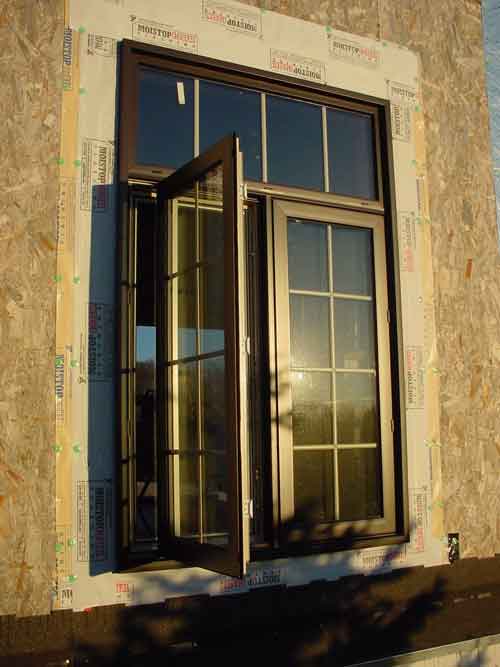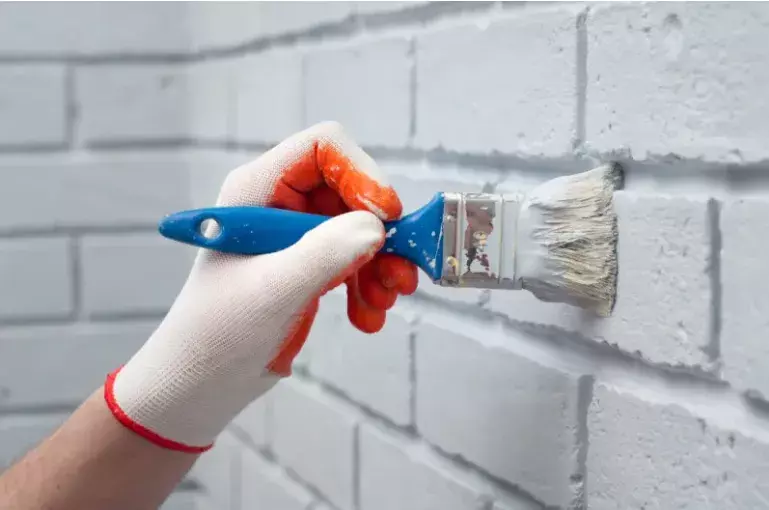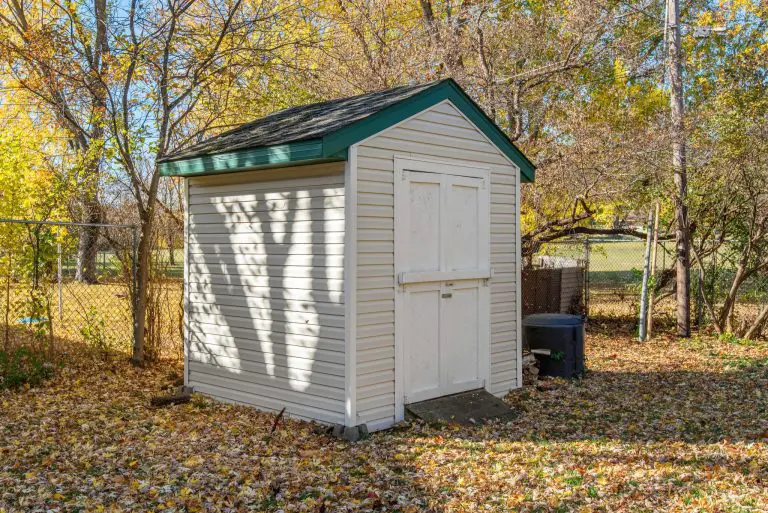
Replacing old windows in your home is one of the best ways to improve energy efficiency, comfort, and appearance. But with so many options on the market, and installation details that can make or break performance, it pays to understand what you’re getting into before you begin. This article walks you through the essentials of choosing and installing residential replacement windows—and explains why some windows ice up on the inside during winter.
Why Replace Windows?
There are several good reasons to replace your windows:
- Energy Efficiency: Older windows often leak air and allow heat loss, especially single-pane models.
- Comfort: Drafty windows create cold spots and temperature imbalances.
- Appearance: New windows can give your home a facelift, both inside and out.
- Functionality: Modern windows are easier to open, clean, and secure.
Choosing the Right Replacement Windows
1. Frame Material
- Vinyl: Affordable, low-maintenance, and energy efficient.
- Wood: Classic look and great insulation, but needs maintenance.
- Fiberglass: Durable and stable, with good thermal performance.
- Aluminum: Strong but less efficient unless it includes a thermal break.
2. Glazing and Glass Options
- Double-pane vs. Triple-pane: Triple-pane offers better insulation but comes at a higher cost.
- Low-E coatings: Reflect heat and UV rays, improving thermal performance.
- Gas fills (argon or krypton): Increase energy efficiency between panes.
3. Style and Operation
- Casement: Hinged on one side, swings open—great for ventilation.
- Double-hung: Both top and bottom sashes slide—classic and easy to clean.
- Slider: Slides horizontally—good for wide openings.
- Fixed/picture: Non-opening, best for unobstructed views and maximum efficiency.
4. Performance Ratings
Look for the ENERGY STAR® label, and check:
- U-factor (lower = better insulation)
- Solar Heat Gain Coefficient (SHGC) (lower = better sun blocking)
- Air leakage rating (lower = tighter seal)
Professional vs. DIY Installation
Professional Installation: Hiring a certified installer ensures proper fit, insulation, and sealing. This is critical if:
- Your window openings are irregular.
- There’s potential for moisture intrusion.
- You want to maintain warranty coverage.
DIY Installation: You can install windows yourself if you’re handy and the job is straightforward. Key steps include:
- Remove old window and inspect rough opening for water damage or rot.
- Install flashing tape to direct water away from the opening.
- Dry fit the new window, shim it level, and anchor according to manufacturer instructions.
- Seal around the frame with low-expansion spray foam.
- Install interior trim and apply caulk for an airtight seal.
Why Windows Ice Up on the Inside in Winter
If you’ve noticed frost or ice forming on the inside of your windows, especially on cold mornings, it’s a sign of two things:
- Excessive indoor humidity
- Poor window insulation
How It Happens: Warm, moist indoor air comes into contact with a cold window surface. If the window isn’t well insulated (i.e., single-pane or poorly sealed), its interior surface can get cold enough for condensation to freeze.
Solutions
- Use a hygrometer to monitor indoor humidity. Aim for 30–40% in winter.
- Run bathroom fans and range hoods longer to expel moisture.
- Use a dehumidifier in problem areas.
- Upgrade to better-insulated windows, especially triple-pane with warm-edge spacers.
- Ensure proper window installation—gaps or poor insulation around the frame can cause localized cold spots that attract condensation.
Final Thoughts
Replacing your windows is an investment that pays off in energy savings, comfort, and home value. By choosing high-performance windows suited to your climate and ensuring proper installation, you can avoid common pitfalls—like interior icing—and enjoy a warmer, quieter, and more beautiful home year-round.












